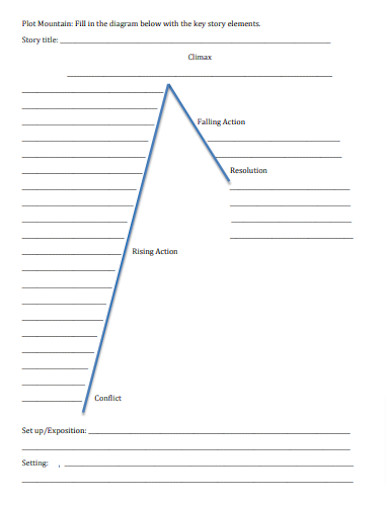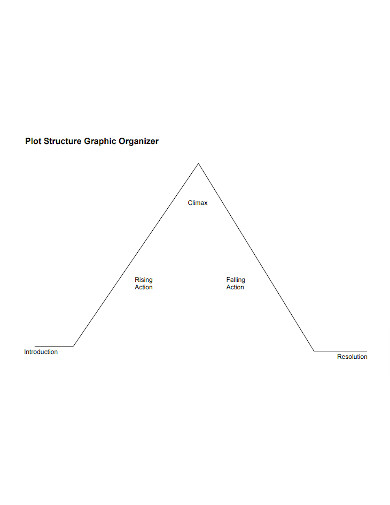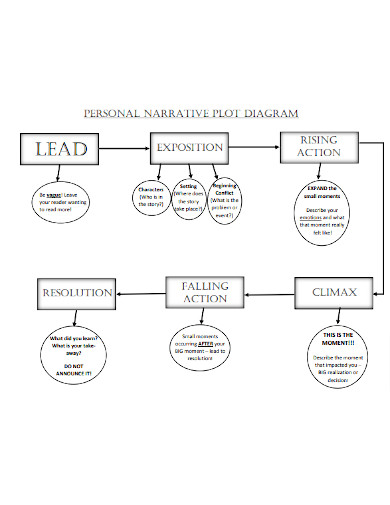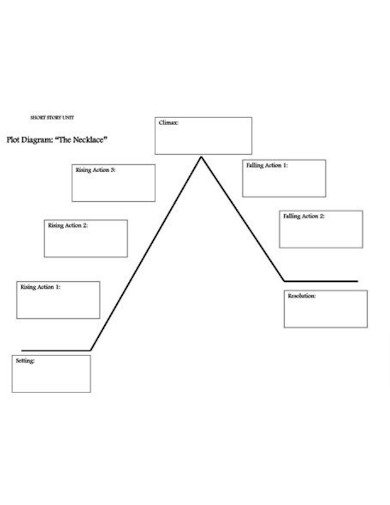29+ Sample Plot Mountain
-

Plot Mountain Key Story
download now -

Plot Mountain Planner
download now -

Plot Mountain Lyrics
download now -

Storyboard Plot Mountain
download now -

Summary Plot Mountain
download now -

Short Story Plot Mountain
download now -

Animatic Storyboard Plot Mountain
download now -

Printable Plot Mountain
download now -

Fillable Plot Mountain
download now -

Graphic Organizer Plot Mountain
download now -

Plot Mountain Worksheet
download now -

Plot Mountain Diagram
download now -

Simple Plot Mountain
download now -

Plot Mountain Assignment
download now -

Plot Mountain Outline
download now -

Plot Mountain Title
download now -

Scary Story Plot Mountain
download now -

Necklace Plot Mountain
download now -

Blank Plot Mountain
download now -

Sample Plot Mountain
download now -

Editable Plot Mountain
download now -

Plot Mountain Format
download now -

Story Plot Mountain
download now -

Personal Narrative Plot Mountain
download now -

Sample Worksheet Plot Mountain
download now -

Plot Mountain Layout
download now -

Plot Mountain in PDF
download now -

Story Planning Plot Mountain
download now -

Plot Graph Mountain
download now -

4th Grade Plot Mountain
download now
What is Plot Mountain?
Plot Mountain is a visual representation and a complex organizational chart of the structure of a story. It serves as a framework for organizing the key elements of a narrative and understanding their relationship to each other. Also known as the plot diagram or narrative arc, plot mountain is widely used in storytelling because it helps create a cohesive and engaging narrative by providing a clear progression of events. By following this structure, authors can effectively engage readers by creating anticipation and emotional investment in the outcome of the story. Understanding plot mountain is essential for both writers and readers because it provides a blueprint for constructing narratives that are compelling and impactful. For writers, it offers guidance on how to structure their stories in a way that maintains reader interest and delivers an effective payoff. For readers, it provides a framework for analyzing and interpreting literary works by identifying key plot points and understanding their significance within the overall narrative.
Plot mountains offer numerous benefits for storytellers, writers, and readers alike. For storytellers and writers, utilizing plot mountains helps craft compelling narratives with well-structured plots. According to a study conducted by the National Endowment for the Arts, 68% of avid readers consider a well-developed plot as the most crucial element in a book. By using plot mountains as a guide, writers can create engaging stories that captivate their audience. Additionally, plot mountains aid in maintaining a consistent pace throughout the narrative, resulting in a more satisfying reading experience. For readers, plot mountains enhance comprehension and analysis. In fact, a study published in Reading Research Quarterly found that students who used graphic organizers, such as plot mountains, exhibited significantly higher reading comprehension scores compared to those who didn’t. By visually mapping out the story’s structure, readers can better identify key events, understand character motivations, and grasp the overall story arc, leading to improved critical thinking and enjoyment of the book.
Different Elements of Plot Mountain
The different elements of plot mountain are crucial building blocks in storytelling. From exposition to rising action, climax, falling action, and resolution, each stage is carefully mapped out, allowing readers to analyze and understand the plot’s progression.
Variations of Plot Mountains
Explore the diverse world of plot mountains and discover their fascinating variations. Dive into character-centric journeys or embrace interactive digital experiences—the possibilities are endless in this exploration of plot mountain variations.
How to Construct a Plot Mountain
Master the art of constructing a plot mountain with these four simple steps. From gathering materials to labeling and connecting story elements, learn how to create a visual chart that brings a narrative’s structure to life.
Step 1: Gather Materials
Obtain a blank printable plot mountain graphic organizer, such as a plot diagram worksheet template, suitable for 3rd-7th grade fiction reading. It will serve as the foundation for creating your visual chart.
Step 2: Identify Story Elements
Analyze the story’s key components, including the exposition, rising action, climax, falling action, and resolution. Understand how these elements contribute to the overall plot development.
Step 3: Plot Placement
Map out the story’s progression on the plot mountain. Begin with the exposition at the base, gradually ascending through rising action towards the peak of the climax, and then descending through falling action towards the resolution.
Step 4: Label and Connect
Label each stage on the plot mountain and connect them with clear lines or arrows. Ensure that the connections accurately represent the cause-and-effect relationships between story events, guiding readers through the narrative’s flow.
FAQs
A blank printable plot mountain chart and storyboard templates can be immensely helpful in organizing story elements. It provides a framework for writers to outline their ideas and plot points, ensuring they have a clear direction for their story. By filling in the different sections of the plot mountain, writers can map out the key events, character development, and plot twists that will drive their narrative forward. It acts as a visual guide, allowing writers to see the overall structure of their story and make adjustments as needed. This printable chart can be a valuable tool for both experienced and novice writers, helping them stay organized and focused throughout the writing process.
While plot mountain is a widely used and effective storytelling structure, there are alternative structures that writers can explore to add variety and uniqueness to their narratives. One such alternative structure is the Circular Narrative. In this approach, the story begins and ends at the same point, creating a circular journey for the characters and themes. This structure often emphasizes cycles or patterns in life and can be used to convey themes of repetition, growth, or the eternal nature of certain aspects of human existence. Another alternative structure is the Episodic Narrative. Instead of following a linear progression, an episodic narrative consists of interconnected episodes or chapters that can stand alone as individual stories but contribute to an overarching plot or theme. This structure allows for more exploration of different characters, settings, and events, providing readers with a diverse and multi-dimensional reading experience.
There are several resources available online where you can find plot diagrams and worksheet templates, as well as sample writing templates and Venn diagram templates for your writing. Websites like Pinterest, and Teachers Pay Teachers offer a variety of free and paid templates that you can download and customize to suit your needs. Additionally, many writing guidebooks, textbooks, and other books online also provide plot diagram templates that you can photocopy or use as a reference. These templates typically include sections for the exposition, rising action, climax, falling action, and resolution, allowing you to easily map out your story’s structure.
Having a structured plot in a story or fiction is important because it provides a clear direction and purpose to the narrative. A well-structured plot helps captivate the reader or audience, as it allows them to become invested in the characters and their journey. It creates suspense and tension by building up to a climax and offers a satisfying resolution. Without a structured plot, a story can feel disjointed or confusing, making it difficult for the reader to engage with the narrative. A plot mountain helps writers maintain a structured plot by visually representing the key components and ensuring that the story flows smoothly.
Yes, a graphic organizer, such as a plot mountain, can aid in maintaining coherence and clarity in storytelling. By visually organizing the key elements of the story, writers can ensure that the narrative flows smoothly and that there are no inconsistencies or plot holes. The graphic organizer acts as a guide, allowing writers to see how different plot points and events connect and impact each other. It helps writers stay focused on the main storyline and ensures that all subplots and character arcs are properly developed and resolved. Overall, a graphic organizer contributes to a more coherent and engaging storytelling experience.
How can a blank printable plot mountain chart help in organizing story elements?
What are some alternative structures to plot mountains?
Where can I find a plot diagram and worksheet template for my writing?
Why is it important to have a structured plot in a story or fiction?
Can a graphic organizer aid in maintaining coherence and clarity in storytelling?
A plot mountain guide can help in creating engaging and captivating stories. Writers can effectively pace their stories as it helps them identify any inconsistencies in their narrative, allowing them to make revisions and create a more compelling story overall. By visually organizing the story’s arc, plot mountain brings clarity and depth to fiction reading, transforming it into an immersive experience. It serves as a compass, directing readers’ attention to key events, character development, and the overall impact of the narrative. Whether used as a teaching tool or a personal reference, plot mountain ignites curiosity and cultivates a deeper appreciation for the art of storytelling. Easily and quickly download and use our sample plot mountains and outlines, as well as other templates for reading such as book report templates and reading comprehension worksheets.